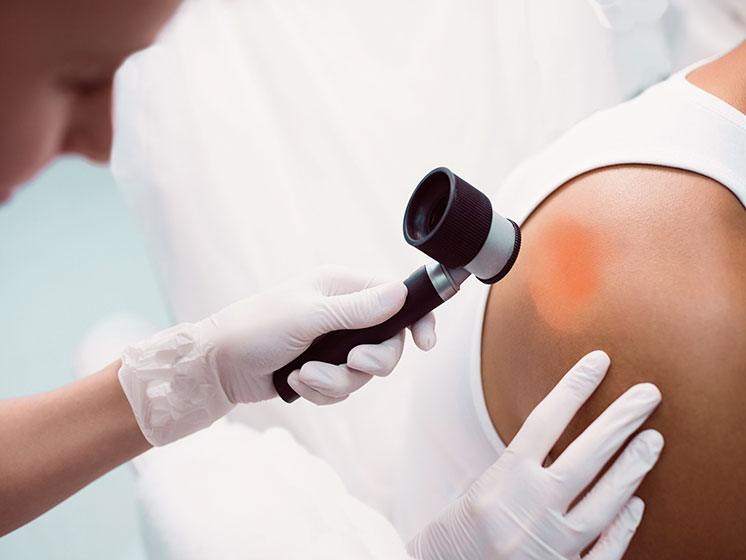Navigating Skin Cancer Cells Treatment: The Crucial Duty of Mohs in Modern Dermatology Practices
Skin cancer cells, an overwhelming medical diagnosis, commonly leaves people grappling with countless treatment choices. As we discover the ins and outs of this treatment, one will certainly appreciate its pivotal duty in skin cancer treatment.
Recognizing Skin Cancer Cells: Kinds and Threats
Skin cancer, a potentially deadly condition, is much more widespread than lots of people realize. This disease, triggered by the unchecked growth of uncommon skin cells, mostly results from DNA damages due to direct exposure to the sunlight and ultraviolet (UV) light. There are three main kinds of skin cancer: Basic cell carcinoma, Squamous cell cancer, and Melanoma. While the previous 2 are much less dangerous and compose the majority of identified instances, cancer malignancy is one of the most hazardous. It accounts for just about 1% of skin cancer cells situations however creates the vast majority of skin cancer fatalities - dermatologist. Risk factors consist of fair skin, background of sunburn, extreme sun exposure, living at high altitudes or near the equator, having several moles, a household background of skin cancer cells, and compromised immune system.
What Is Mohs Surgical treatment and How It's Changing Skin Cancer Treatment
In spite of the many therapies presently available for skin cancer, Mohs surgery stands out as a groundbreaking and very effective service. Named after Frederic E. Mohs, the doctor who created the procedure, Mohs surgical treatment is an accurate surgical method made use of to deal with skin cancer. This degree of precision, integrated with the capability to spare as much healthy cells as feasible, is changing skin cancer therapy.
The Advantages of Mohs Surgery Over Typical Skin Cancer Cells Treatments
Building on the innovative nature of Mohs surgical procedure, it's crucial to consider its many benefits over traditional skin cancer cells therapies. Unlike standard operating procedures, Mohs provides a greater cure rate, frequently reaching 99% for novice treatments and 94% for reoccurring cancers. This precision results from read the full info here its unique approach of considerably eliminating and examining cells layers till just cancer-free cells remain (skin cancer). Furthermore, it decreases damages to healthy skin, causing less scarring and improved cosmetic outcomes. Mohs likewise supplies immediate outcomes, removing the anxiety-ridden delay typical with various other methods. Lastly, it's cost-effective, as the surgery and tiny evaluation take place concurrently, removing the demand for added lab services. Therefore, Mohs represents a substantial advancement in skin-related practices.
The Treatment of Mohs Surgery: What to Anticipate During the Process

Potential Adverse Effects and Post-Operative Care of Mohs Surgery
Undergoing Mohs surgical procedure, like any kind of other surgical treatment, entails prospective adverse effects that individuals must be conscious of. Common negative effects include pain, bruising, and swelling at the surgical procedure website. These are usually momentary and workable with over-the-counter discomfort medicine and ice packs. In uncommon cases, people may experience infection, blood loss, or an allergy to the anesthetic. Post-operative treatment is crucial to healing and reducing negative effects. This generally entails maintaining the injury tidy and completely dry, taking prescribed medications, and preventing strenuous tasks. Clients need to additionally attend all follow-up visits for injury treatment and monitoring. In many cases, extra therapies may be necessary to ensure complete elimination of the malignant cells. Sticking to these post-operative treatment standards can considerably improve recuperation and results.
Final thought
